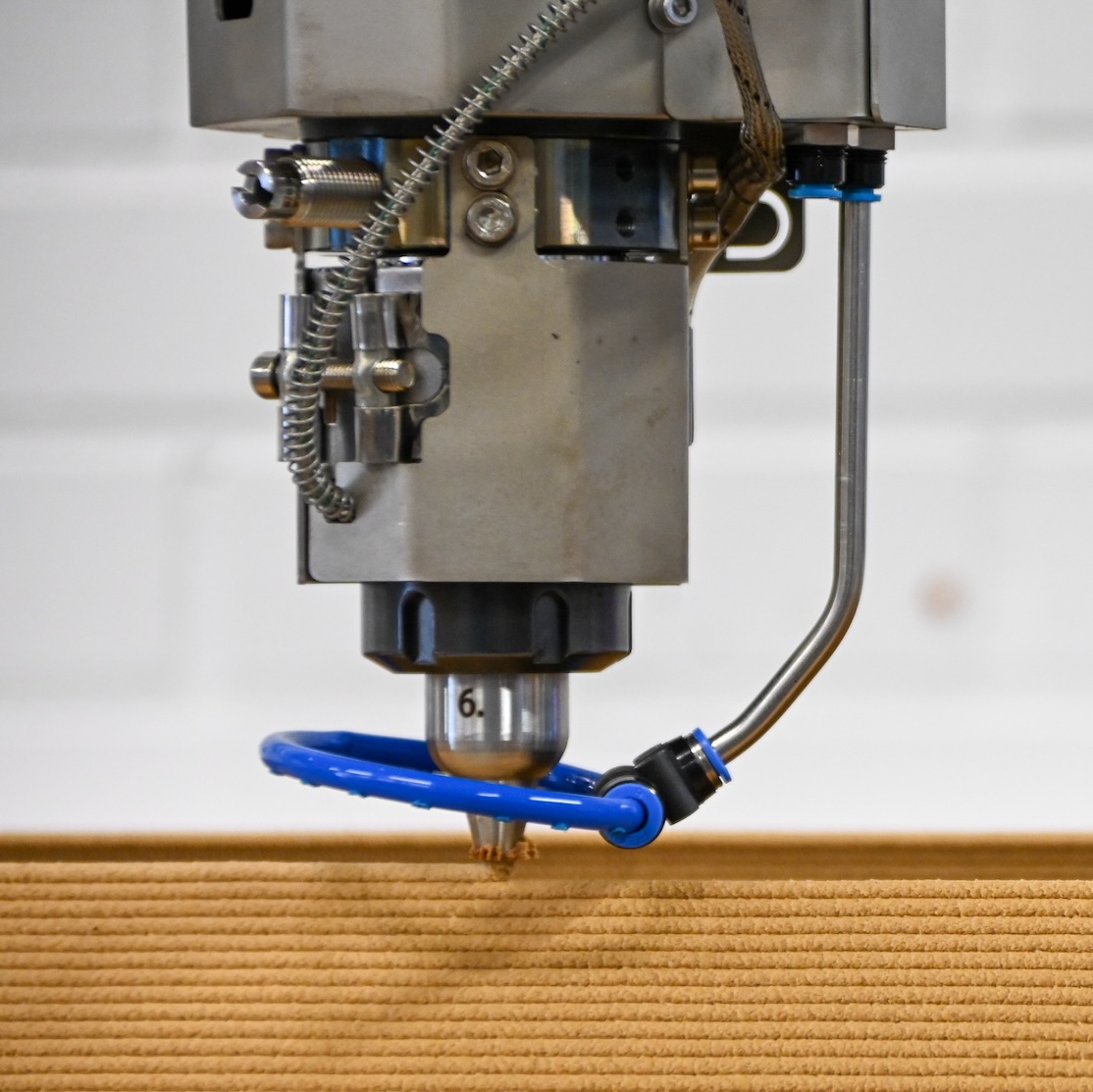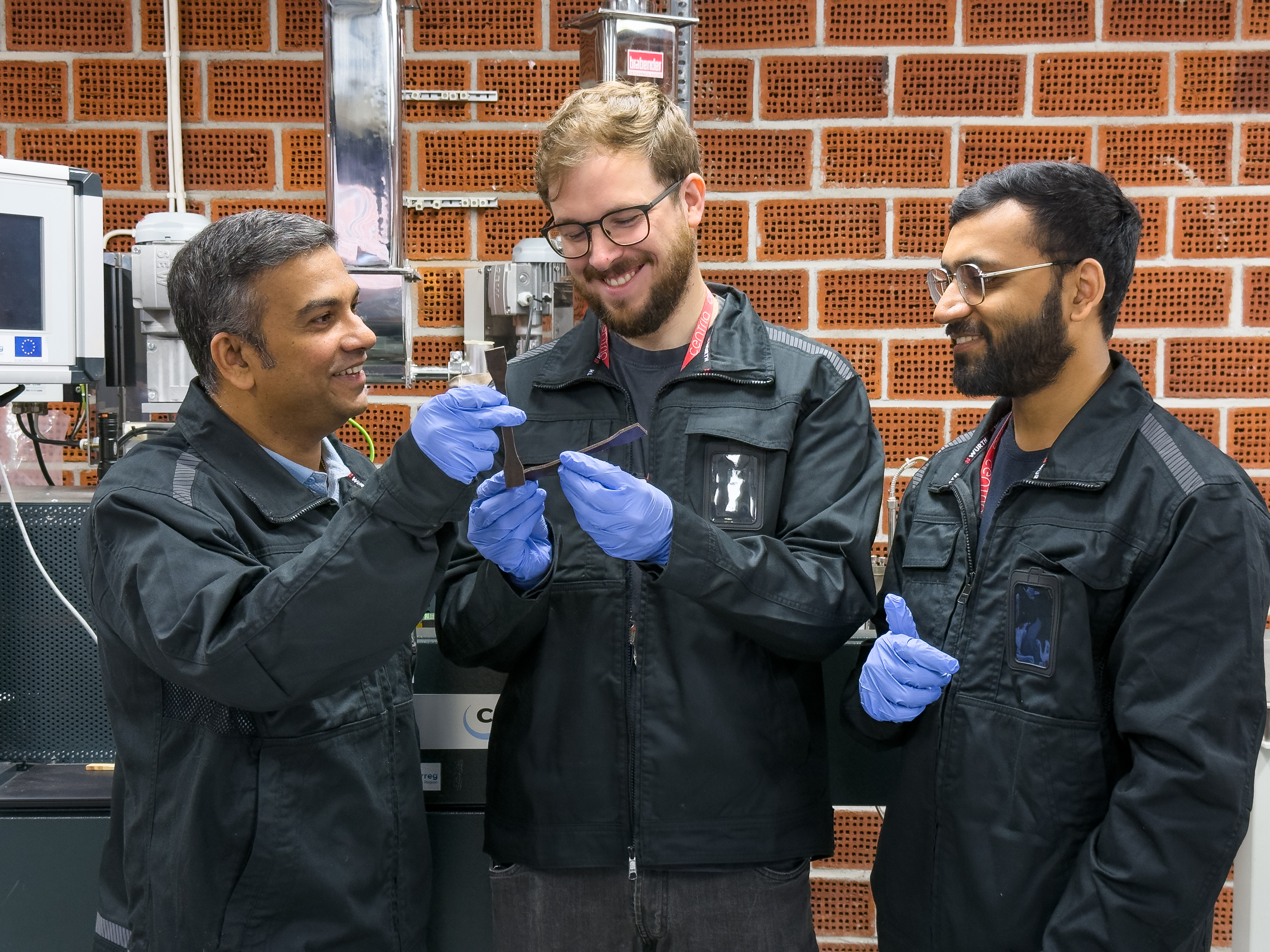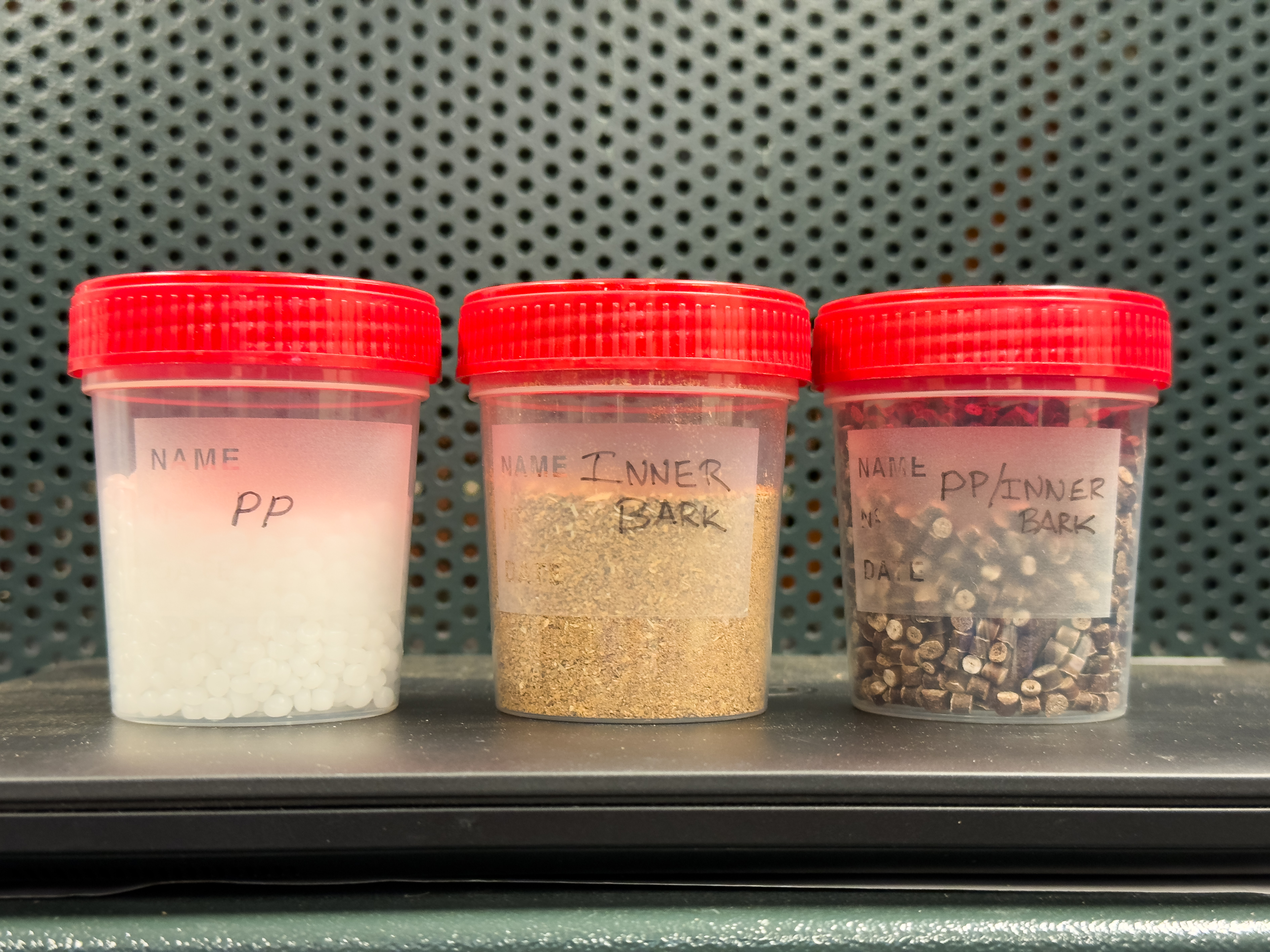Waste No More: 3D-Printing with Natural Fibres
Underused fibers become 3D-print feedstock—fueling a circular economy and local innovation.

What we do?
BIO-2-PRINT transforms underused hemp and plant residues into high-performance, customizable 3D-printing materials—driving a circular economy, cutting waste and sparking new opportunities for businesses across the Northern Periphery and Arctic.


